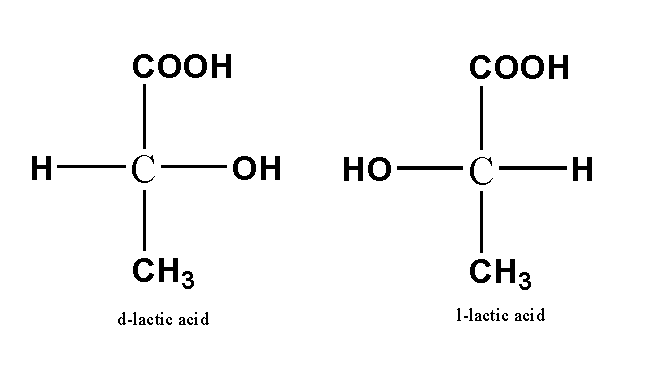
How can you identify optical isomers?
Answer
455.1k+ views
2 likes
Hint: To identify the optical isomers, one should have the knowledge of optical isomerism and optical isomers. The isomers are those compounds which have the same molecular formula and number of atoms but differ in the arrangement of atoms.
Complete step by step answer:
Optical isomerism is defined as the type of isomerism where the isomers have identical molecular weight whereas the chemical and physical properties are also same. But, they differ in their effect on the rotation of polarized light.
Optical isomerism is seen mainly on the substances that have the same molecular and structural formula, but they cannot be superimposed on each other. In other words, we can say that they are mirror images of each other or non-super imposable mirror image of each other. Alternatively, it can also be found in substances that have an asymmetric carbon atom.
Typically, optical isomerism is shown by stereoisomers which rotate the plane of polarized light. If the plane of polarized light passing through enantiomer solution rotates in the clockwise direction then the enantiomer is said to exist as (+) form and if the plane of polarized light rotates in anti-clockwise direction then the enantiomer is said to exist in (-). This means that the optical isomers are optically active.
Optical isomers are two compounds which contain the same number and kinds of atoms, and bonds but differ in the arrangement of the atoms. Each non-superimposable mirror image structure is called an enantiomer. Molecules or ions that are present in optical isomers are called chiral.
Examples of optical isomers are shown below.

Note:
The chiral compound means that the chiral carbon is attached to four different atoms or the group of atoms that is why the optical isomers are asymmetric in nature.
Complete step by step answer:
Optical isomerism is defined as the type of isomerism where the isomers have identical molecular weight whereas the chemical and physical properties are also same. But, they differ in their effect on the rotation of polarized light.
Optical isomerism is seen mainly on the substances that have the same molecular and structural formula, but they cannot be superimposed on each other. In other words, we can say that they are mirror images of each other or non-super imposable mirror image of each other. Alternatively, it can also be found in substances that have an asymmetric carbon atom.
Typically, optical isomerism is shown by stereoisomers which rotate the plane of polarized light. If the plane of polarized light passing through enantiomer solution rotates in the clockwise direction then the enantiomer is said to exist as (+) form and if the plane of polarized light rotates in anti-clockwise direction then the enantiomer is said to exist in (-). This means that the optical isomers are optically active.
Optical isomers are two compounds which contain the same number and kinds of atoms, and bonds but differ in the arrangement of the atoms. Each non-superimposable mirror image structure is called an enantiomer. Molecules or ions that are present in optical isomers are called chiral.
Examples of optical isomers are shown below.

Note:
The chiral compound means that the chiral carbon is attached to four different atoms or the group of atoms that is why the optical isomers are asymmetric in nature.
Latest Vedantu courses for you
Grade 11 Science PCM | CBSE | SCHOOL | English
CBSE (2025-26)
School Full course for CBSE students
₹41,848 per year
Recently Updated Pages
Express the following as a fraction and simplify a class 7 maths CBSE

The length and width of a rectangle are in ratio of class 7 maths CBSE

The ratio of the income to the expenditure of a family class 7 maths CBSE

How do you write 025 million in scientific notatio class 7 maths CBSE

How do you convert 295 meters per second to kilometers class 7 maths CBSE

Write the following in Roman numerals 25819 class 7 maths CBSE

Trending doubts
Give 10 examples of unisexual and bisexual flowers

Draw a labelled sketch of the human eye class 12 physics CBSE

Differentiate between homogeneous and heterogeneous class 12 chemistry CBSE

Differentiate between insitu conservation and exsitu class 12 biology CBSE

What are the major means of transport Explain each class 12 social science CBSE

Franz thinks Will they make them sing in German even class 12 english CBSE




